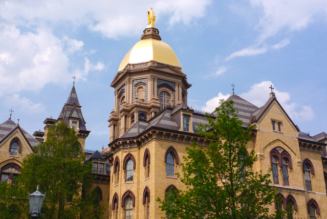
Pope Francis’ call for a synodal Catholic Church is now the central pillar of his pontificate. As he declared in 2015, at a ceremony commemorating the 50th anniversary of the Synod of Bishops, “The world in which we live, and which we are called to love and serve, even with its contradictions, demands that the Church strengthen cooperation in all areas of her mission. It is precisely this path of synodality which God expects of the Church of the third millennium.”
The call to synodality dominates virtually all aspects of current ecclesiastical life, but it seems to many Catholics that the concept appeared suddenly only a few years ago, even as they worry that there are some in the Church trying to manipulate synodality to change long-settled Church teaching. In truth, synods in the Church have an ancient and rich history of articulating and helping to preserve the faith.
The word synod, from the Greek syn– “together” + hodos “traveling, journeying,” denotes a gathering but also a movement together. From the first centuries, the term came to denote ecclesial assemblies of varying size and importance.
A few examples of notable early synods are the Synod of Hippo in Africa in 393 that helped to affirm the Church’s canon of Scripture, and the Synod of Whitby in 664 that moved the Church in England decisively into Roman, instead of Celtic, practice, especially when it came to the celebration of Easter.
And there is the presence still today of the synodal tradition in the 23 Eastern Catholic Churches. Many of the Eastern Catholic Churches, headed by patriarchs, major archbishops and others, are governed through their own “synods of bishops,” comprising all or most of the bishops who belong to a particular Eastern Church. The Eastern Catholic synods of bishops enjoy deliberative governing authority in their Churches, such as electing their patriarchs, appointing bishops and creating new dioceses. All, however, are part of the Universal Church, are in communion with the Holy Father and historically have paid a dear price because of it.
In the West, synods developed in a different way from the autonomous structure of the Eastern Catholic Churches. Rather, in the West, they have largely been consultative. Nevertheless, they have played an important role in reform and renewal. That is why the Council of Trent in the 16th century laid down the norm that diocesan synods should be held annually and provincial synods held every three years.
Such diocesan synods can be powerful instruments of renewal. For example, St. Charles Borromeo, who served as the archbishop of Milan from 1564 to 1584, used multiple diocesan synods to reform his wayward diocese.
The Synod of Bishops
The primary institution in the modern Church associated with synods, of course, is the Vatican’s Synod of Bishops.
At the very start of the final session of the Second Vatican Council in September 1965, Pope St. Paul VI issued a decree announcing the creation of a new body to continue the experience of the Council and to help the Catholic Church confront the hopes and the challenges of the modern world.
The newly established Synod of Bishops was to foster a close union and collaboration between the pope and the bishops of the whole world, provide information about the problems and situations facing the global Church and offer advice on how to deal with them.
Three Types of Synods
Pope Paul established three types of synods: ordinary (for matters concerning the good of the universal Church), extraordinary (for matters of pressing concern to the Church) and special (focused chiefly on the concerns of a region or continent). Over the years, there have been 15 ordinary sessions, from 1967 to 2018 (the 2023-2024 Synod on Synodality is the 16th ordinary assembly); three extraordinary sessions, in 1969, 1985 and 2014; and 11 special synods, most recently in 2019 looking at the Pan-Amazonian region.
The synod functioned beneath Pope Paul’s 1965 decree, with some small modifications under Pope John Paul II, until the current pontificate.
In his speech Oct. 17, 2015, marking the 50th anniversary of the Synod of Bishops, Pope Francis laid out his vision for synodality and established unmistakably his intent to bring changes to the body. He said: “From the beginning of my ministry as Bishop of Rome, I sought to enhance the synod, which is one of the most precious legacies of the Second Vatican Council. We must continue along this path.”
Pope Francis implemented his plans for the Synod of Bishops in September 2018 — just before the Synod on Youth — by promulgating the apostolic constitution Episcopalis Communio, on the structure of the Synod of Bishops. The Pope used the document to make several significant modifications to Paul VI’s decree, including adding non-bishops, such as laypeople and men and women religious, as participating and voting members of the synod and expanding significantly the preparatory phase for each synod, stressing “the consultation of the People of God on the theme of the Synod Assembly.”
Francis then added a potentially major theological development by declaring that when the final document of a synod is presented to the Roman pontiff he can, as has been long-standing custom, write in response a reflection on the work of the synod, a document called a post-synodal apostolic exhortation. Or he can now give his formal approval to the final document, at which time it participates in the ordinary magisterium of the successor of Peter. This is the rule that will govern all upcoming synods, including the 16th Ordinary General Assembly of the Synod of Bishops.
The Meaning of Synodality
Pope Francis has called for a “synodal Church,” and so we return to the need for a deeper understanding of the word synod, of “journeying together.”
Bishop Manuel Nin, the Greek Byzantine Catholic Church’s apostolic exarch to Greece, recently spoke with the Register and added an important clarification to the term. “It is not a ‘march of all together,’” he stressed, “but rather a ‘march of all together with Christ. … Let us not forget that this ‘with Christ’ is completed in the Church, which is nourished and animated by the Holy Gifts of his precious Body and Blood.”
Bishop Nin added that synodality in the East and the West is a lived experience and the “synodal” journey has always been a part of the Christian life because the life of each of the baptized is a “journey together with Christ the Lord who is the Way, the Truth and the Life.” This walking of the baptized with Christ is “important to emphasize,” he said, and it is something that should be “restored to the forefront of our Christian life.”
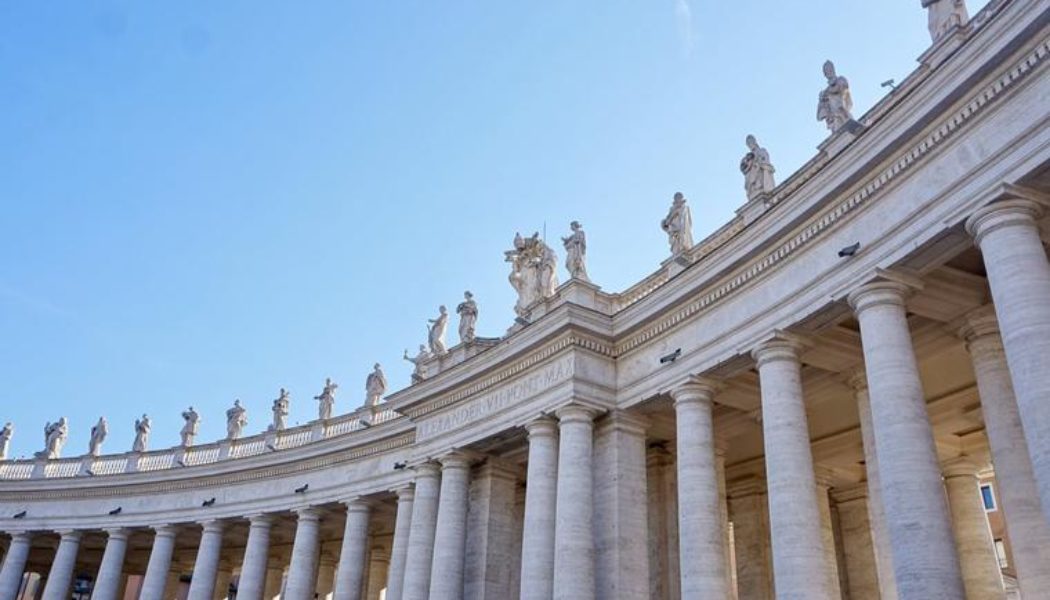
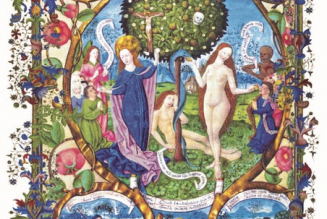

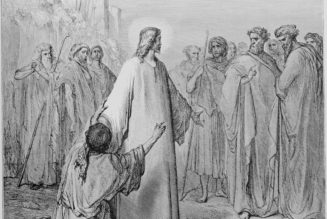
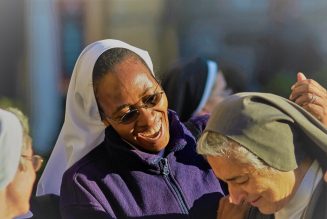
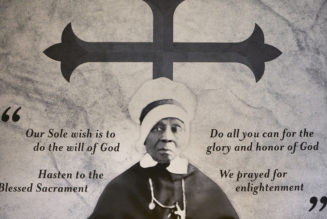

![Los Angeles DA George Gascon suspends prosecutor for ‘misgendering’ and ‘deadnaming’ trans child molester accused of murder [warning: autoplay video]…](https://salvationprosperity.net/wp-content/uploads/2023/03/los-angeles-da-george-gascon-suspends-prosecutor-for-misgendering-and-deadnaming-trans-child-molester-accused-of-murder-warning-autoplay-video-327x219.jpg)
